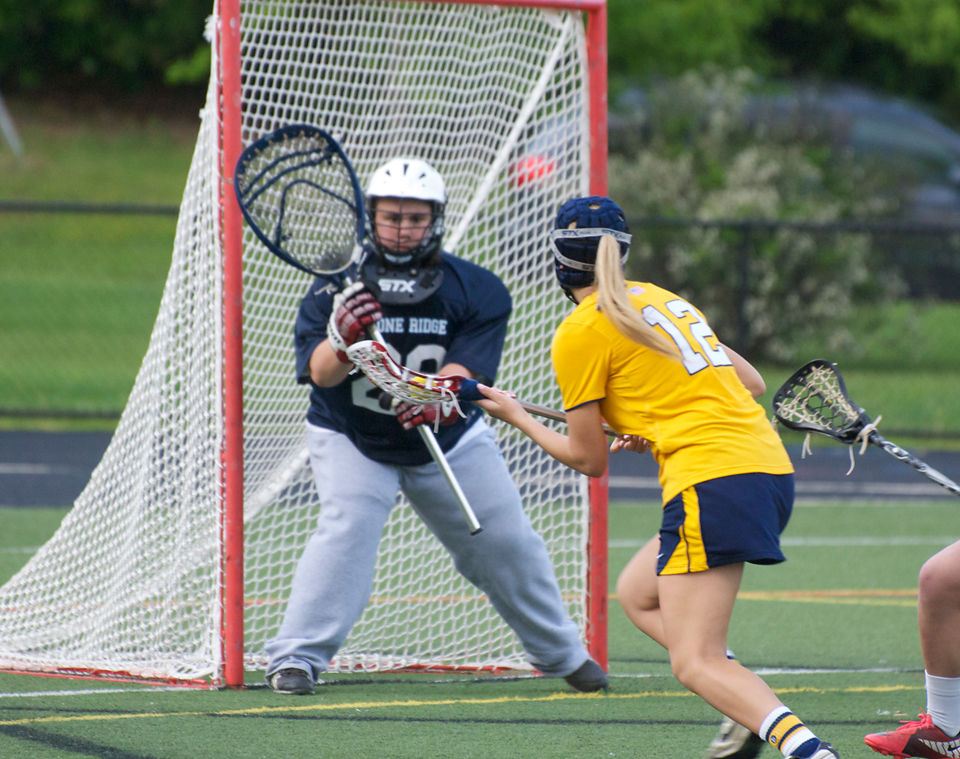The Denver Post recently came out with a great article regarding the increasing awareness of lacrosse concussions and the steps the sport is taking to protect their athletes with lacrosse headgear. There has been a major movement lately to require high school girls to protect themselves from lacrosse concussions with the use of helmets being mandated, supported by new data on the subject. Here’s the article:
“Lacrosse is one of the fastest-growing high school sports in the country. It also has one of the hottest debates regarding its rules — specifically, whether girls who play should be required to wear helmets, as boys are.
Boys lacrosse is a physical sport with heavy doses of contact. Girls lacrosse is regarded as more of a skill sport, with less contact. Players in the girls game are required to wear protective eyewear and mouth guards, but not helmets.
A study recently published in The American Journal of Sports Medicine looked at the types of injuries high school lacrosse players suffer. The study, conducted by researchers from the Center of Injury Research and Policy at Nationwide’s Children Hospital and the Colorado School of Public Health, evaluated injuries players suffered from 2008-12. The research found that the most common injury, at 38 percent, were sprains and strains, followed by concussions at more than 22 percent.
Dawn Comstock, a professor at the Colorado School of Public Health and one of the researchers, said the most surprising discovery was how players got concussions.
“In boys, nearly 75 percent of all of the concussions were due to athlete-athlete contact,” Comstock said. “Not surprising, since boys lacrosse is a full contact sport. But girls, over 60 percent of the concussions resulted when a girl was struck in the head by a ball or the stick.”
Even though girls lacrosse is regarded as a noncontact sport, researchers found that almost 25 percent of concussions came from athlete-to-athlete contact. About 63 percent of the concussions resulted from being hit in the head by a ball or a stick.
According to rules from U.S. Lacrosse, which the National Federation of State High School Associations endorses, girls may wear soft headgear but not hard helmets. Only goalies can wear helmets. Field players wear protective eyewear and mouth guards.
Denver East High School coach Mallory Cleveland would like to see helmets mandated in girls lacrosse. Cleveland played one year of lacrosse without goggles before they were required.
“At that time it was kind of a pain and people didn’t like them and there was some lash out,” Cleveland said. “But I would say now that it’s just a part of the sport, it’s something that’s a given and everyone is used to them and wears them now. Helmets will definitely be the same thing once they are implemented.”
Cleveland said a handful of players on the Denver East varsity and lower-level teams suffered concussions this past school year.
In June, the Florida High School Athletics Association announced that in 2015 all girls lacrosse players will be required to wear helmets.
Comstock said helmets can’t eliminate concussions but can help minimize head injuries. When two players run into each other, often the head of one of the players snaps back. This results in brain sloshing, when the brain moves around inside the skull, and can result in a concussion. Comstock said a helmet can help protect against the direct transfer of force when a player gets hit in the head.”
Click here to continue reading the full article…
What do you think? Are concerns over concussions in lacrosse overblown or justified? What steps are you taking to ensure your child or athlete doesn’t have to deal with the ramifications lacrosse concussions or concussions in any sport can cause? We’ve developed special headgear that’s comfortable, looks great and is more protective than any other competitive soft lacrosse helmet on the market so make sure and purchase yours today!

